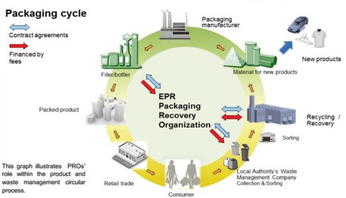Practical Methods to Improve Wound Roll Qaulity
Presented by Neal Michal, Converting Expert, LLC
Wound rolls are ubiquitous in web manufacturing and converting. They are the most convenient method to store web materials. Wound rolls are a form of compressed packaging which facilitates handling and storage. A roll that has been wound firm enough for routine handling has compressed the material by more than 25%.
This compression results in residual stress and strain inside of each wound roll. “Wound roll structure” describes the shape of this stress and strain. There are two types of wound roll structures. The wound roll structure is the root cause to common defects such as:
· Loss of caliper in high loft webs
· Telescoping, cinching, gross internal slippage
· Large flat spots due to storage & handling
· Floppy edges and baggy lanes
· Slit width growth after winding
· Roll blocking
· Print registration shift
This presentation will explain how material properties determine wound roll structure and what happens when larger rolls are pursued. Two proven methods to document your wound roll structure will be presented. Eight methods to improve your delivered quality will be offered.
This post is for paying members only
SubscribeAlready have an account? Log in

